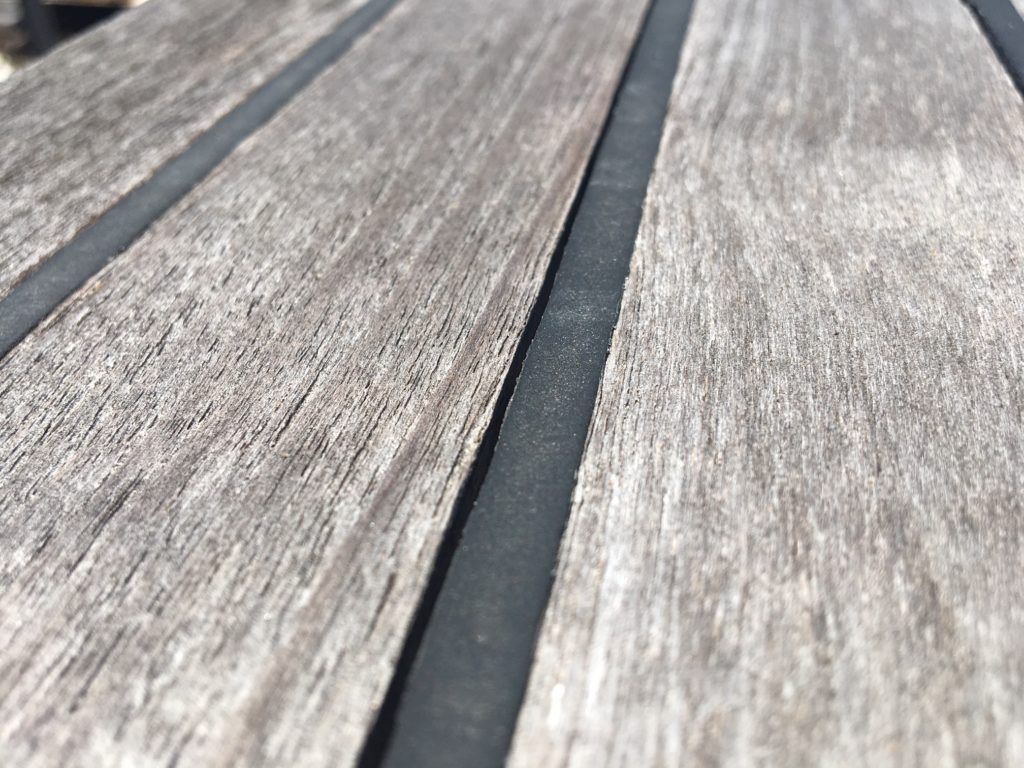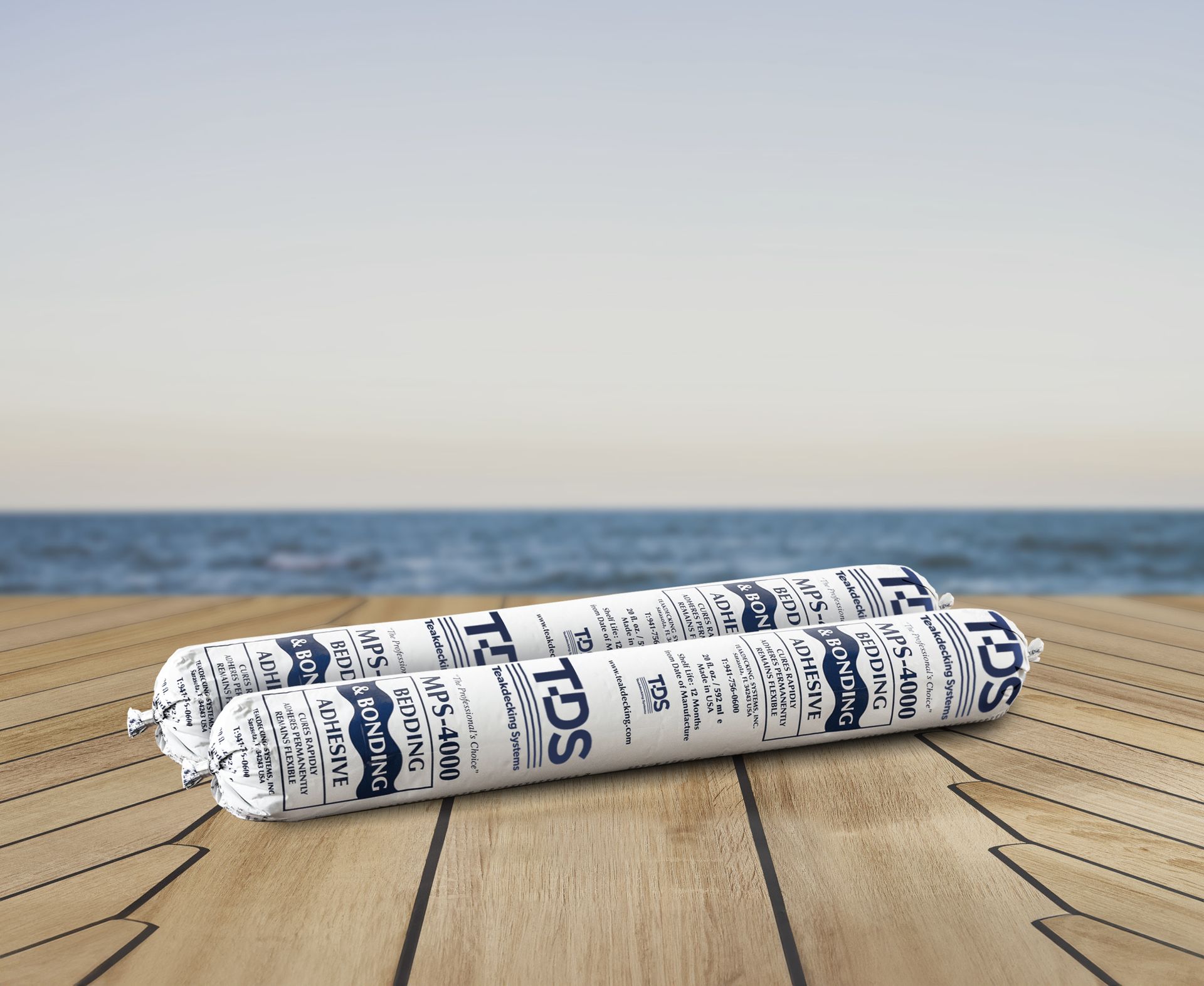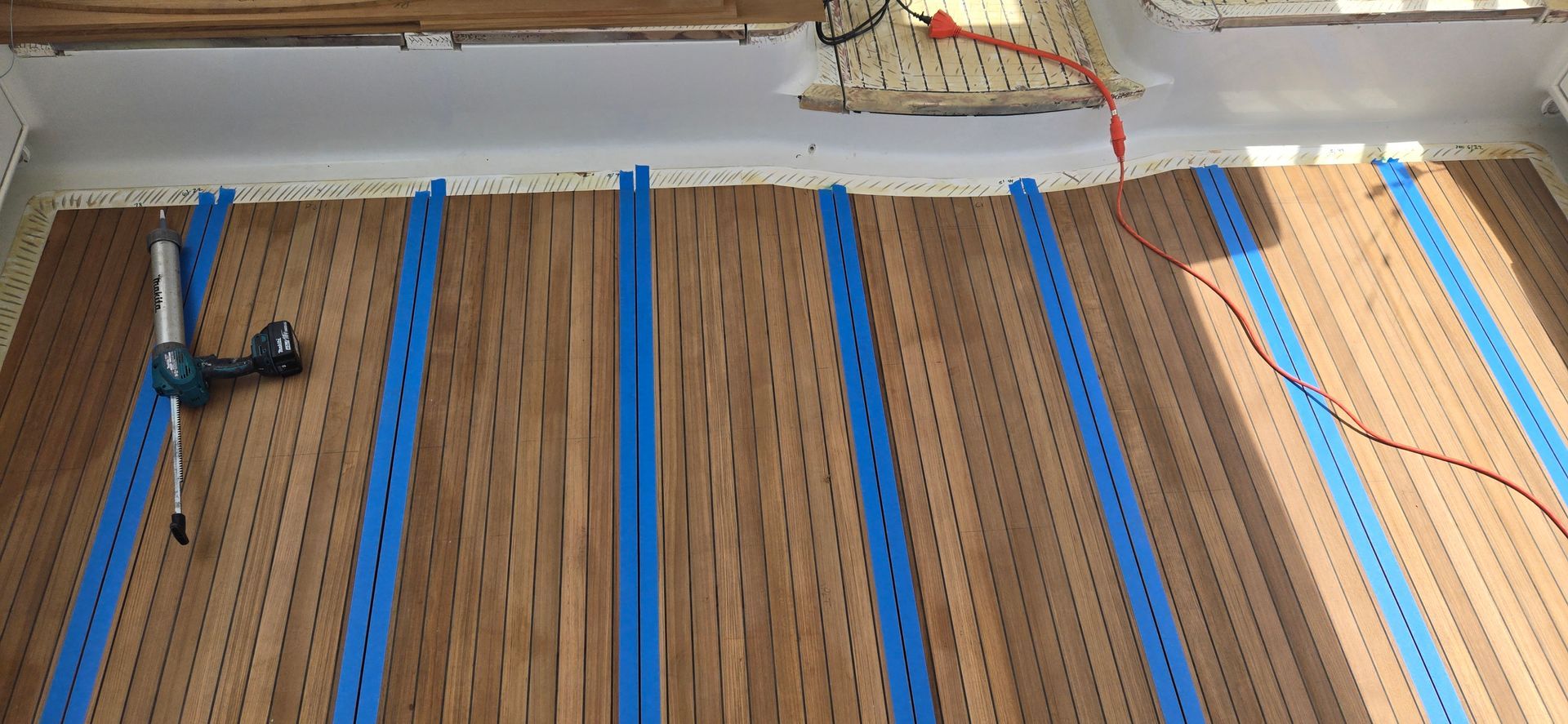Navigating Phase VII of the Lacey Act: A Guide for Yacht Importers
As of December 1, 2024, phase VII of the U.S. Lacey Act is now in effect, adding new compliance requirements for importers, which include yachts. Understanding and complying with new regulations can be challenging, and this guide is designed to help yacht brokers and importers navigate these updates, which emphasize the need for detailed declarations concerning wood products used in yacht construction, such as teak decks and mahogany cabinetry.
The Animal and Plant Health and Inspection Service (APHIS), a division of the United States Department of Agriculture (USDA), has implemented Phase VII of the US Lacey Act. This phase encompasses a wide range of materials and plant products, including but not limited to:
- Furniture
- Cork
- Some essential oils
Importers who deal with these products must prepare to file declarations if they have not done so already. APHIS has emphasized the importance of understanding one’s supply chain and being aware of the specific information required for filing a declaration.
U.S. yacht brokers importing vessels that contain wood components (such as decks, cabinets, or console trims) must file a Lacey Act declaration if those wood parts are made from species covered under the act. This includes common materials used in yacht construction, such as teak, mahogany, and other hardwoods. The declaration is necessary to confirm that the wood was harvested legally and complies with both U.S regulations and the laws of the country of origin.
The relevant phase concerning this rule falls under Title II - Plant Protection, which specifically addresses declarations related to plants and plant products. Amendments made to the Lacey Act in 2008 significantly broadened the scope, by requiring declarations for all imported wood products regardless of their source or end use.
Key points to consider:
- If a yacht has components like a teak deck, wooden cabinetry, real wood console trim etc., filing a declaration is mandatory.
- The declaration must include information about the species of wood used, its country of origin, and any relevant permits or documentation demonstrating legal harvesting.
Example of a Lacey Act Declaration for Yacht Brokers
A typical Lacey Act declaration for a yacht broker importing a yacht with wood components includes the following information:
- Importer Information: The name and address of the yacht broker.
- Product Description: A detailed description of the yacht, including its make, model, and year of manufacture.
- Wood Species: Identification of all wood species used in construction (e.g., “Teak - Tectona grandis”).
- Country of Origin: The country where the wood was harvested (e.g., Myanmar, Thailand, India, Indonesia).
- Quantity: The amount of wood used (e.g., “500 square feet”).
- Legal Documentation: Permits or certificates demonstrating legal acquisition (e.g., export permits from the source country) attained from the original boat builder.
- Signature: The signature of an authorized representative certifying that all information provided is accurate.
For more information and instructions on how to file a Lacey Act declaration visit the APHIS website below:
https://www.aphis.usda.gov/plant-imports/file-lacey-act-declaration
We also recommend hiring a qualified customs broker to assist with filing the required PPO 505 forms.
ALL PRODUCTS




